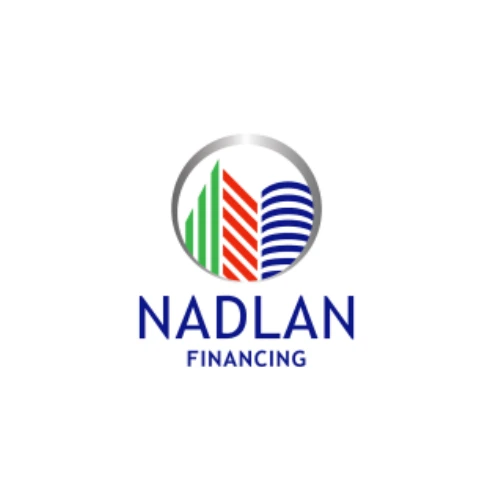When you take on a bridge loan for new construction, managing it carefully can make the difference between a smooth project and a costly headache. Bridge loans provide quick, short-term capital to help you start or continue construction before you secure long-term financing or sell the property. To protect your investment and keep your project on track, you need clear strategies and disciplined management.
Understand the Basics of Your Bridge Loan
Start by fully understanding the terms of your bridge loan. These loans usually come with higher interest rates than traditional long-term loans because they carry more risk for lenders. Typical rates may run between 8% and 15%, and loan durations often range from a few months to up to three years.
Know your loan’s:
- Interest rate and whether it’s fixed or variable.
- Repayment schedule and whether payments are interest-only or include principal.
- Loan-to-value (LTV) ratio limits.
- Collateral requirements.
- Prepayment penalties or fees for early payoff.
Having this knowledge will help you plan your cash flow and avoid surprises.
Plan a Strong Exit Strategy
A bridge loan is temporary funding. Lenders want to see a solid exit plan before approving your loan. Your plan may include:
- Selling the property after construction.
- Refinancing into a permanent mortgage.
- Using other investment proceeds to pay back the loan.
You should prepare a realistic timeline and financial projections showing how you will repay the bridge loan. This clarity builds lender confidence and reduces your risk.
Monitor Construction Progress Closely
Bridge loans often release funds in stages based on construction milestones. Stay engaged with your project timeline and budget. Some tips:
- Verify progress before requesting new draws.
- Keep contractors accountable to deadlines.
- Use detailed budgets to track spending versus projections.
- Prepare for unexpected delays or cost overruns by having contingency funds ready.
Regular updates and solid documentation will keep lenders happy and maintain smooth funding.
Manage Your Cash Flow Carefully
Even though monthly payments on bridge loans may be interest-only, these costs still impact your cash flow. Make sure to factor bridge loan payments into your budget. Avoid stretching finances too thin, as any missed payments can jeopardize your loan and project.
Maintain reserves for both expected and unexpected expenses. Careful cash flow management prevents costly disruptions.
Communicate Transparently with Your Lender
Keep open and honest communication with your lender throughout your project. Share updates on construction progress, challenges, or changes in your repayment plan as soon as possible. Lenders are partners who want your project to succeed, and prompt communication helps build trust.
Addressing issues early can also provide opportunities to negotiate loan modifications or extensions if needed.
Compare Multiple Lenders Before Choosing
Shop around for bridge loan options before committing. Lenders vary in interest rates, fees, approval times, and flexibility. Compare:
- Origination fees and closing costs.
- Loan terms and repayment flexibility.
- Collateral requirements.
- Customer service reputation.
Getting the best deal upfront saves money and stress during construction.
Prepare Thorough Documentation in Advance
Gather and organize necessary paperwork before applying. Lenders typically require:
- Detailed construction plans and timelines.
- Project budgets.
- Proof of land or property ownership.
- Personal and business financial statements.
- Exit strategy documentation.
Being prepared accelerates approval and reduces delays.
Have a Backup Repayment Plan
Even the best plans can face setbacks. Prepare backup strategies in case your primary repayment method falls through. This could include:
- Arranging other financing sources.
- Planning for a quick property sale.
- Using reserves to cover unexpected costs.
Knowing your alternatives strengthens your financial position.
Align Bridge Loans with Long-Term Goals
Use your bridge loan as a tool to advance your broader investment goals. Understand how this short-term financing fits into your plan for building, selling, renting, or refinancing the property. Align your budgeting, timelines, and exit plans with the overarching strategy to maximize returns.
Avoid Common Bridge Loan Pitfalls
- Don’t underestimate interest and fees.
- Avoid skipping required inspections before draws.
- Don’t ignore lender communication.
- Avoid overextending your borrowing capacity.
- Avoid putting all repayment plans on one option without fallback.
Caution and diligence prevent costly mistakes.
Navigating New Construction Lending with Bridge Loans
Bridge loans are an essential part of new construction lending, offering flexibility and speed critical to advancing construction projects. Used wisely, these loans can bridge funding gaps and keep your project moving smoothly until long-term financing is in place.
By following the best practices outlined here, you’ll maintain control over your construction budget, build strong lender relationships, and safeguard your investment success.
For personalized guidance and reliable financing options in bridge loans and new construction lending, consider working with experts like Nadlan Capital Group. Their experience and flexible loan programs empower investors to seize opportunities and grow their real estate portfolios confidently.


